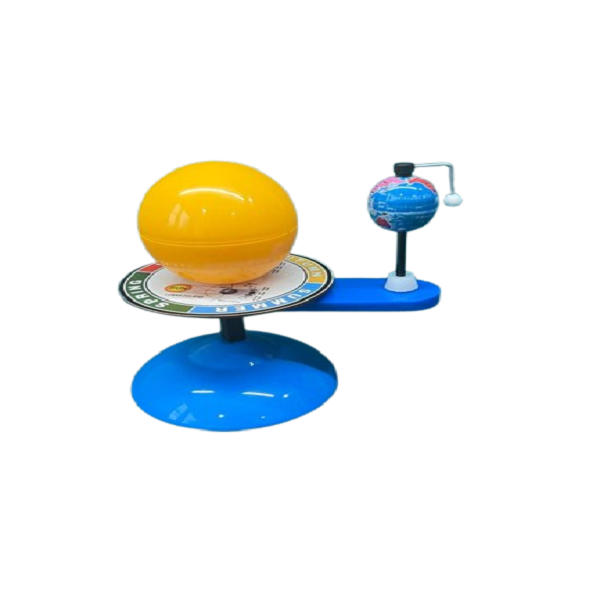A wind vane works by using its design to allow the wind to move freely and cause the front pointer end to point in the direction of the wind. The wind vane’s design includes:
- Front pointer end: The end of the wind vane that points in the direction of the wind
- Back tail end: The end of the wind vane that points in the direction the wind is going
- More surface area on the back end: This causes the back end to experience more wind drag than the front end
- Unrestricted movement: The wind vane should be designed to allow the wind to move freely, especially around the vertical axis
- Asymmetrical construction: The lighter and smaller area should face the direction of the wind
- Equal weight on both sides: The weight of the wind vane should be equal on both sides of the vertical axis
- Marked directions: The wind vane should have north, south, east, and west marked on it so it can be read accurately from a distance
Wind vanes can be used to predict weather changes. For example, if the wind vane rotates from west to east, it could mean that low pressure and stormy weather are coming






There are no reviews yet.